






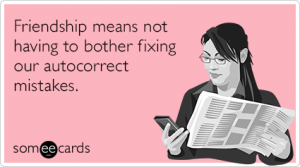












Menade was the very first estate in Rueda to turn organic. They clearly understand their terroir and as a result, they are producing lovely, new wines from specific parcels.
Citrus, passion fruit, grapefruit… The ideal wine for any evening. Dry and aromatic. Unoaked, fresh, light-bodied and crisp.
Verdejo from organic vineyards that are between 80 and 100 years old. In lees for 3 months.
Harmonious on the palate, with a rich, mouth-filling texture. The long lingering flavours of grapefruit, lemon peel and mandarin are enhanced by a well-balanced acidity.
Heading for the top of the list of “buy more”
RUEDA VERDEJO – MENADE 2021
$23.99
13% alcohol
UPC: 08437008963075

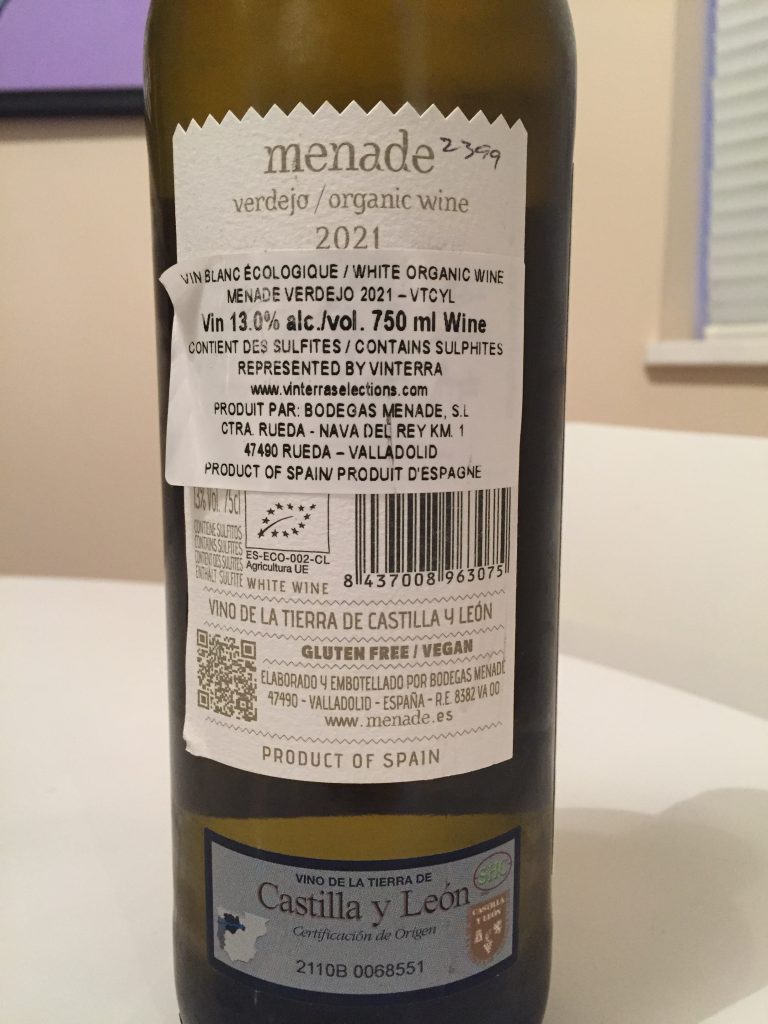
We haven’t come very far since 1971
Muhammad Ali
$20 in 1922 became $407.18 in 2022 (based on inflation) .. a 20.36 times change.
In the 1960s, $20 filled a 1960s car trunk (and they were huge!)
Butter in 1922 was $0.52 a pound. Average today is about $6.49 (inflation change would make it $10.59)
Eggs were $0.35 a dozen. Now they are $7.99 for large free range. inflation would put them at $7.13
Lard was $0.11 a pound and the 2022 price with inflation would be $2.24, but it’s $15.49
$3.49 is what you pay for a pound of Sugar now, compared to $0.06 a pound back in the day. Inflation price would be $1.16 a pound
In the 1960s, $20 filled a 1960s car trunk (and they were huge!)
So it does cost a lot more to make some of my mother’s 100 year old cookie recipes.

The humble baguette — the crunchy ambassador for French baking around the world — is being added to the U.N.’s list of intangible cultural heritage as a cherished tradition to be preserved by humanity.
UNESCO experts gathering in Morocco this week decided that the simple French flute — made only of flour, water, salt, and yeast — deserved U.N. recognition, after France’s culture ministry warned of a “continuous decline” in the number of traditional bakeries, with some 400 closing every year over the past half-century.
The U.N. cultural agency’s chief, Audrey Azoulay, said the decision honors more than just bread; it recognizes the “savoir-faire of artisanal bakers” and “a daily ritual.”
“It is important that these craft knowledge and social practices can continue to exist in the future,” added Azoulay, a former French culture minister.
With the bread’s new status, the French government said it planned to create an artisanal baguette day, called the “Open Bakehouse Day,” to connect the French better with their heritage.
Back in France, bakers seemed proud, if unsurprised.
“Of course, it should be on the list because the baguette symbolizes the world. It’s universal,” said Asma Farhat, baker at Julien’s Bakery near Paris’ Champs-Elysee avenue.
“If there’s no baguette, you cant have a proper meal. In the morning you can toast it, for lunch it’s a sandwich, and then it accompanies dinner.”
Despite the decline in traditional bakery numbers, France’s 67 million people still remain voracious baguette consumers — purchased at a variety sales points, including in supermarkets. The problem is, observers say, that they can often be poor in quality.
“It’s very easy to get bad baguette in France. It’s the traditional baguette from the traditional bakery that’s in danger. It’s about quality not quantity,” said one Paris resident, Marine Fourchier, 52.
In January, French supermarket chain Leclerc was criticized by traditional bakers and farmers for its much publicized 29-cent baguette, accused of sacrificing the quality of the famed 65-centimeter (26-inch) loaf. A baguette normally costs just over 90 euro cents (just over $1), seen by some as an index on the health of the French economy.
The baguette is serious business. France’s “Bread Observatory” — a venerable institution that closely follows the fortunes of the flute — notes that the French munch through 320 baguettes of one form or another every second. That’s an average of half a baguette per person per day, and 10 billion every year.
Although it seems like the quintessential French product, the baguette was said to have been invented by Vienna-born baker August Zang in 1839. Zang put in place France’s steam oven, making it possible to produce bread with a brittle crust yet fluffy interior.
The product’s zenith did not come until the 1920s, with the advent of a French law preventing bakers from working before 4 a.m. The baguette’s long, thin shape meant it could be made more quickly than its stodgy cousins, so it was the only bread that bakers could make in time for breakfast.
The “artisanal know-how and culture of baguette bread” was inscribed at the Morocco meeting among other global cultural heritage items, including Japan’s Furyu-odori ritual dances, and Cuba’s light rum masters.
| Heard It in a Love Song https://www.youtube.com/watch?v=Eh_UdmNGGFA Go Your Own Way – Fleetwood Mac – 1997 https://www.youtube.com/watch?v=p8Ojjn35kP8 Irene Cara – What A Feeling https://www.youtube.com/watch?v=wKWytyGTngU |
A blend of Grenache, Roussanne, Clairette and Viognier, this wine reveals flavours of white flowers with pear and peach notes.
Softly textured, well balanced and very versatile. There is a lovely fruity finish.
Grilled Pork tenderloin with sauteed apple and onion. Steamed carrots and lemon/mint potatoes on the side. Pasta would work well too.
This definitely goes on the List of the Best Whites we’ve enjoyed in 2022
COTES DU RHONE BLANC – MEFFRE SAINT VINCENT
$16.99 regularly $18.99
13.5% Alcohol
UPC: 03142920026306


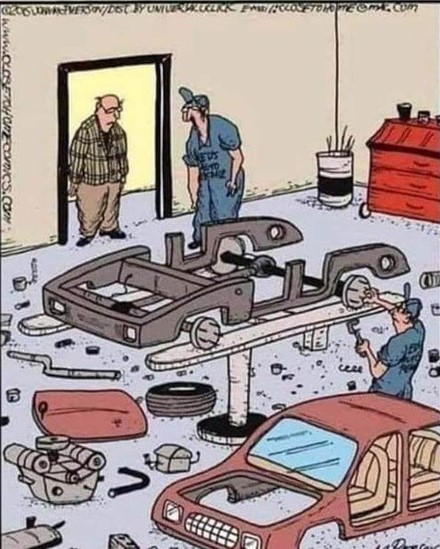


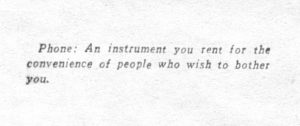
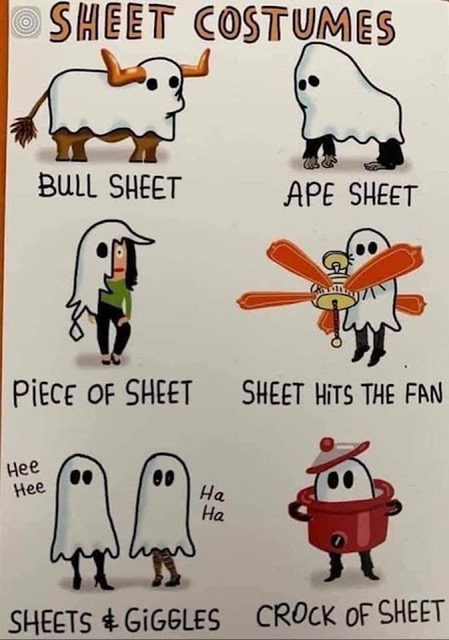
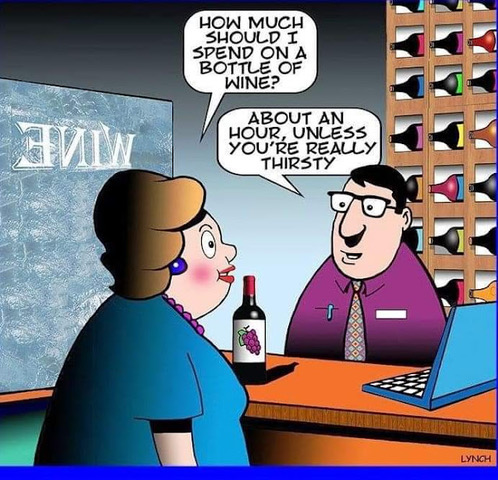
Edelzwicker is an Alsatian wine term taken from the German words “edel” (noble) and “zwicker” (blend). The term dates back to 1644, when the so-called noble varieties in Alsace were differentiated from those judged to be of lesser quality. Riesling, Pinot Gris, Gewurztraminer and Muscat fell into the noble category, while Pinot Blanc, Silvaner, Chasselas and Auxerrois were relegated.
Thus Edelzwicker wines comprised only the noble varieties (which were distinct from the more generic “Zwicker” label being used to denote less-prestigious blends) until 1970, when the term “Edelzwicker” was deregulated. The term “Edelzwicker” is now used more out of nostalgia than a legislative requirement.
A Noble Blend is JoieFarm’s signature white wine. Gewürztraminer, Riesling, Pinot Auxerrois and Muscat blended to express the best of each variety.
A great summertime wine, but also goes very well with fresh winter fare like salmon.
Wine in a can? Yup. This is also available in tins!
Joie A noble Blend 2021
$26.99
12.2% Alcohol
UPC: 00692739000019

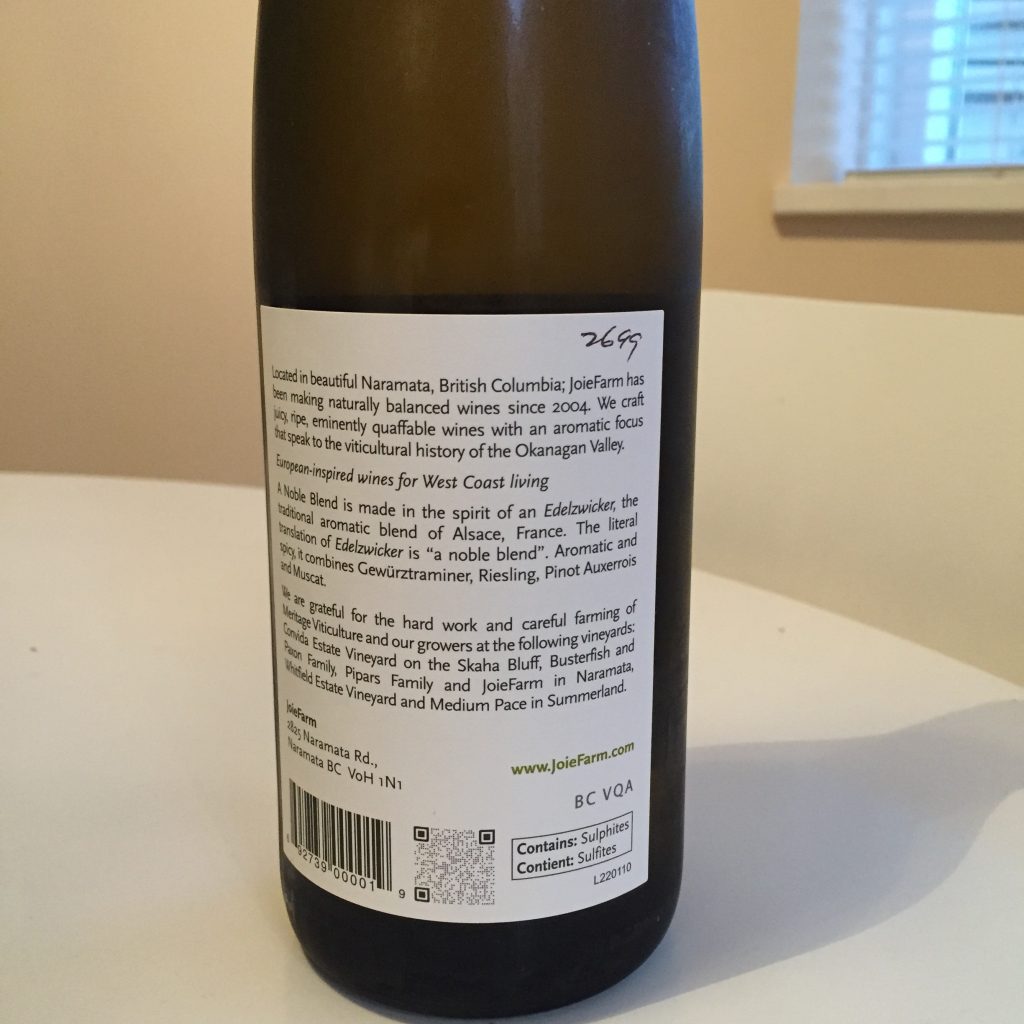
My neighbourhood is lousy with electric vehicles: all flavours of Telsas, scattered Volts and Bolts, a selection of Hyundais and KIAs, a couple of Nissan Leafs (Leaves?) along with some Taycans, at two Polestars that I’ve seen, and at least one Lucid. They’re all loaded with so much fabulous spaceship tech that the mind boggles at what our driving experiences will be in the next 10 years.
However, one piece of tech is missing from many of them: a good old-fashioned AM radio, a feature that goes back almost a hundred years.
As far as people can tell, Kelley’s Motors in New South Wales, Australia, was the first to jam a new-fangled aftermarket radio into a car back in 1924. But it was the Galvin brothers and their new company, Motorola, that created the ancestor of all car infotainment units when they fitted a six vacuum-tube AM radio in a Ford Model A in June 1930. They overcame plenty of engineering problems, including where to put the giant high-voltage batteries (under the passenger seat), how to house the six vacuum tubes (in a big wooden case), placement of the antenna (on the roof), and most importantly, how to eliminate static caused by the electrical activity of the engine.
AM signals are easily disrupted by electrical activity. Overhead powerlines, lightning, external electric motors, and even the running of an automobile engine are enough to cause crashing static, buzzing, and fade-outs. The Galvins’ solution was to fit the spark plugs of their Model A with a “suppressor” so that the firing sequence of the cylinders no longer interfered with the radio. Tuning the engine down like this actually hurt performance, but at least motorists got to listen to programming that was relatively static-free.
Eventually, the Galvins figured out other ways around the static problem, and suppressors were eliminated. But environmental electrical interference remained, and this spurred the development of static-free FM radio. (That’s another story entirely.)
Ninety years later, the AM static problem is back. And it’s bad.
Today’s electric vehicles are powered by motors that generate electromagnetic fields that happen to operate in the same frequencies as AM radio signals. The result is a war between these wavelengths. The more powerful these motors get, the more adept they are at cancelling out AM signals. It’s can make for annoying listening. Other bits of tech, including speed controllers and some of the other electron-power magic inside these cars, also cause havoc with frequencies between 530 and 1700 kHz, which is where AM radio lives.
While there are EVs that offer AM radio as part of their infotainment systems, owners are warned upfront by the manufacturer about the same kind of static, buzzing, distortion, and fade-out issues the Galvin brothers struggled with back in 1930.
Thanks to the physical properties of the FM band, those stations are unaffected by the electromagnetic fields generated by their vehicles. So is satellite radio. What can be done about AM radio then?
Some manufacturers are eliminating AM radio altogether. BMW first identified the AM reception problem as a quality issue in 2009. By 2014, there was no AM radio to be found in their i3 EV. Telsa started dumping all AM radio options in 2018 and all models are now AM-free. Want to listen to the hockey game on your local AM station? Not if you’re driving a Tesla. In fact, Telsa continues to lean away from over-the-air broadcasting, moving more in the direction of streaming options.
And BMW and Telsa aren’t the only OEMs dumping the AM band. Porsche’s all-electric Taycan doesn’t list an AM radio on its standard equipment list. Audi’s e-Trons don’t have AM. Mercedes-Benz’s all-electric EQS flagship? Nope. Volvo’s XC40 and C40 Recharge? Too much interference, so the AM radio was left out.
Meanwhile, manufacturers are discovering that a not-insignificant number of customers are annoyed when they realize they can’t listen to the ball game, talk shows, or news stations as they drive. Canada, for example, has 99 per cent of its news, talk, and sports stations on AM stations. If you commute, you may rely on AM radio for traffic and weather reports. For this reason, Ford has decided to keep AM radio in its Mustang Mach-E and the F-150 Lightning pickup. General Motors and Stellantis also offer EVs with AM radios.
Across the ocean, AM radio has long been in decline in Europe as the continent moves to DAB — something that will never happen here — so it’s no surprise that European-made vehicles were the first to eliminate AM units. France, the Netherlands, Norway, and Russia, are just some of the countries getting rid of AM entirely. Meanwhile, 95 per cent of new cars sold in places like Germany and the United Kingdom come standard with DAB+ receivers. Their infotainment systems are very different from ours.
Back on our side of the Atlantic, consider the wide-open spaces in North America. AM signals travel much further than FM. If you’re in the middle of nowhere in an AM-less EV and you don’t have a satellite radio subscription, you could be faced with listening to nothing at all. Not good.
But the static problems remain. And as EVs become more popular, owners of AM stations are concerned. In-car listening is their bread-and-butter.
The question is whether manufacturers are willing to throw money and engineers at the problem. The EV issue is far more complicated than the spark problem faced by the Galvin brothers. Some simple solutions have been implemented, like additional shielding on vital cabling and wires. That, however, is often thwarted by the hundreds of watts EVs draw from their batteries. Tesla searches for AM stations that simulcast their signal on HD. It’s a workaround, but it helps. Another solution might come with the widespread introduction of 5G connectivity. AM signals could also be delivered that way.
When asked for his opinion on the most beautiful sounds in the world, Tom Waits replied “A baseball game on summer’s evening heard through an AM radio.” He’s not wrong. I’d hate for those sounds to go away.
—
Alan Cross is a broadcaster with Q107 and 102.1 the Edge and a commentator for Global News.